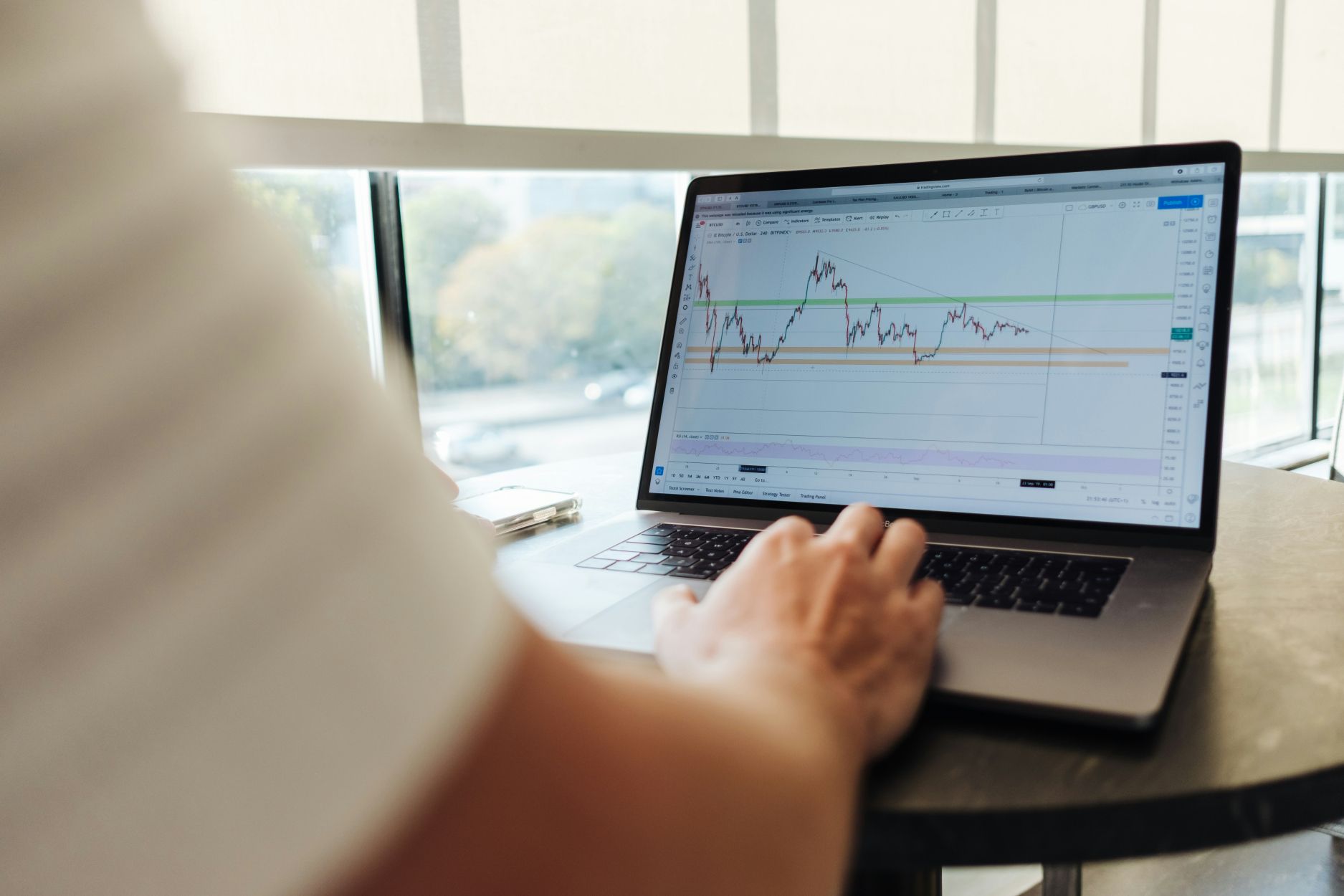Cybersecurity
Learn about the threats to watch out for online.
Offenders often exploit direct phone contact to acquire sensitive data. When conversing with an unfamiliar individual, it's crucial to adhere to these guidelines:

Remember that technology alone cannot protect you. Cybercriminals know well that the easiest way to bypass even the most advanced security measures is to deceptively obtain necessary data, including passwords, bank card numbers, or personal data, directly from users. For example, an attacker may call, pretending to be a Microsoft representative, claiming that your computer has been infected. In reality, the criminal aims to gain access to your data. Another time, you may receive an email stating that a package was not delivered due to an incorrect address. The message will then request confirmation of the address with a single click. However, clicking will redirect you to a page with malicious software that will infect your computer. Remember, you are the best defense against attackers. Stay alert and cautious to prevent most attacks.

The current computing power of computers has made an 8-character password easy to crack. When a website asks you to create a password, you should use strong and unique passwords for each device and online account. A strong password is one that cannot be easily guessed by hackers or software designed for such purposes. We understand that creating and remembering long passwords consisting of a mix of lowercase and uppercase letters, numbers, and special characters is not easy. Try using a series of easy-to-remember words, e.g., "Peter's friend likes to travel by train." The longer the combination, the stronger it is. On the other hand, a unique password is one that differs from those used on your other devices or online accounts. Using such passwords is crucial because if one password is compromised, the rest of your accounts and devices remain secure. Each of us has multiple accounts that require strong and unique passwords. Therefore, we recommend using a password manager, a special application installed on a smartphone or computer that securely stores all your passwords in encrypted form.
Where possible, enable two-factor authentication to significantly enhance security. This way, your account is protected not only by a password but also by an additional security element (biometrics, pin, token).

Ensure that computers, mobile devices, and everything connected to the network are using the latest software version. Hackers constantly search for vulnerabilities in systems. When they find them, they exploit them using specially crafted programs to break in. Software manufacturers continually monitor hacker activity and conduct security tests themselves – as soon as they identify a threat, they create new system versions to eliminate it. By regularly updating software, you significantly reduce the risk. It is best to set up automatic updates. This principle applies to all devices connected to the network, such as computers, smartphones, tablets, as well as TVs, cameras, home routers, game consoles, cars, and even electronic baby monitors or vacuum cleaners
Offenders often exploit direct phone contact to acquire sensitive data. When conversing with an unfamiliar individual, it's crucial to adhere to these guidelines:
